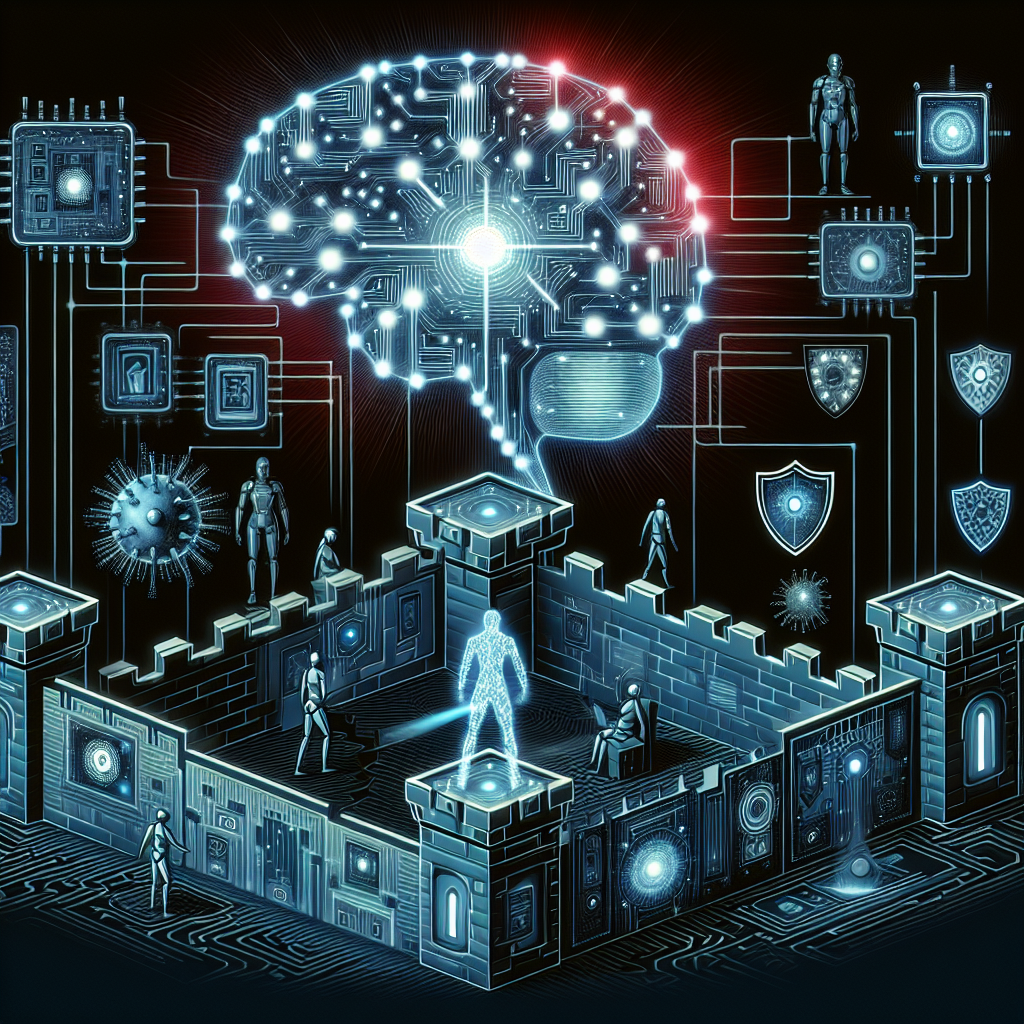In today’s digital age, cybersecurity has become a top priority for businesses of all sizes. With the increasing number of cyber threats and attacks, organizations are constantly looking for new and innovative ways to protect their data and systems. One technology that has emerged as a game-changer in the field of cybersecurity is artificial intelligence (AI).
AI has the ability to analyze vast amounts of data in real-time, detect patterns, and identify anomalies that human analysts may miss. This makes AI an invaluable tool in the fight against cyber threats. In fact, AI-powered cybersecurity solutions are becoming increasingly popular among businesses looking to stay ahead of cybercriminals.
One of the key advantages of using AI in cybersecurity is its ability to adapt and learn from new threats. Traditional cybersecurity solutions rely on predefined rules and signatures to detect and block threats. However, as cyber threats continue to evolve and become more sophisticated, these rules may become outdated and ineffective. AI, on the other hand, can continuously learn and improve its detection capabilities based on new data and trends, making it much more effective at identifying and mitigating emerging threats.
AI can also help organizations automate routine security tasks, such as monitoring network traffic, analyzing logs, and responding to incidents. This not only frees up human analysts to focus on more strategic tasks but also helps organizations respond to threats more quickly and efficiently. In fact, AI-powered cybersecurity solutions can detect and respond to threats in real-time, reducing the time it takes to identify and contain a cyber attack.
Furthermore, AI can help organizations proactively identify vulnerabilities in their systems and networks before they can be exploited by cybercriminals. By analyzing data from various sources, including logs, network traffic, and user behavior, AI can identify potential security gaps and recommend remediation measures to prevent attacks before they occur.
Overall, AI has the potential to revolutionize the field of cybersecurity by providing organizations with the tools and capabilities they need to stay ahead of cyber threats. By leveraging AI-powered solutions, businesses can enhance their security posture, reduce the risk of data breaches, and protect their valuable assets from cyber attacks.
FAQs:
Q: How does AI help in detecting and preventing cyber threats?
A: AI uses machine learning algorithms to analyze vast amounts of data in real-time, detect patterns, and identify anomalies that may indicate a potential cyber threat. By continuously learning and adapting to new threats, AI can help organizations stay ahead of cybercriminals and protect their data and systems.
Q: Are AI-powered cybersecurity solutions expensive?
A: While AI-powered cybersecurity solutions may require an initial investment, the long-term benefits they provide in terms of improved detection capabilities, faster response times, and reduced risk of data breaches far outweigh the costs. Additionally, many AI-powered cybersecurity solutions can be tailored to meet the specific needs and budget of an organization.
Q: Can AI replace human analysts in cybersecurity?
A: While AI can automate routine security tasks and help human analysts detect and respond to threats more effectively, it cannot replace the critical thinking and decision-making capabilities of human analysts. Human analysts play an important role in interpreting AI-generated insights, making strategic decisions, and responding to complex cyber attacks.
Q: How can organizations leverage AI in their cybersecurity strategy?
A: Organizations can leverage AI in their cybersecurity strategy by investing in AI-powered solutions that can help them detect, prevent, and respond to cyber threats more effectively. By integrating AI into their existing security infrastructure, organizations can enhance their security posture, reduce the risk of data breaches, and stay ahead of cybercriminals.

